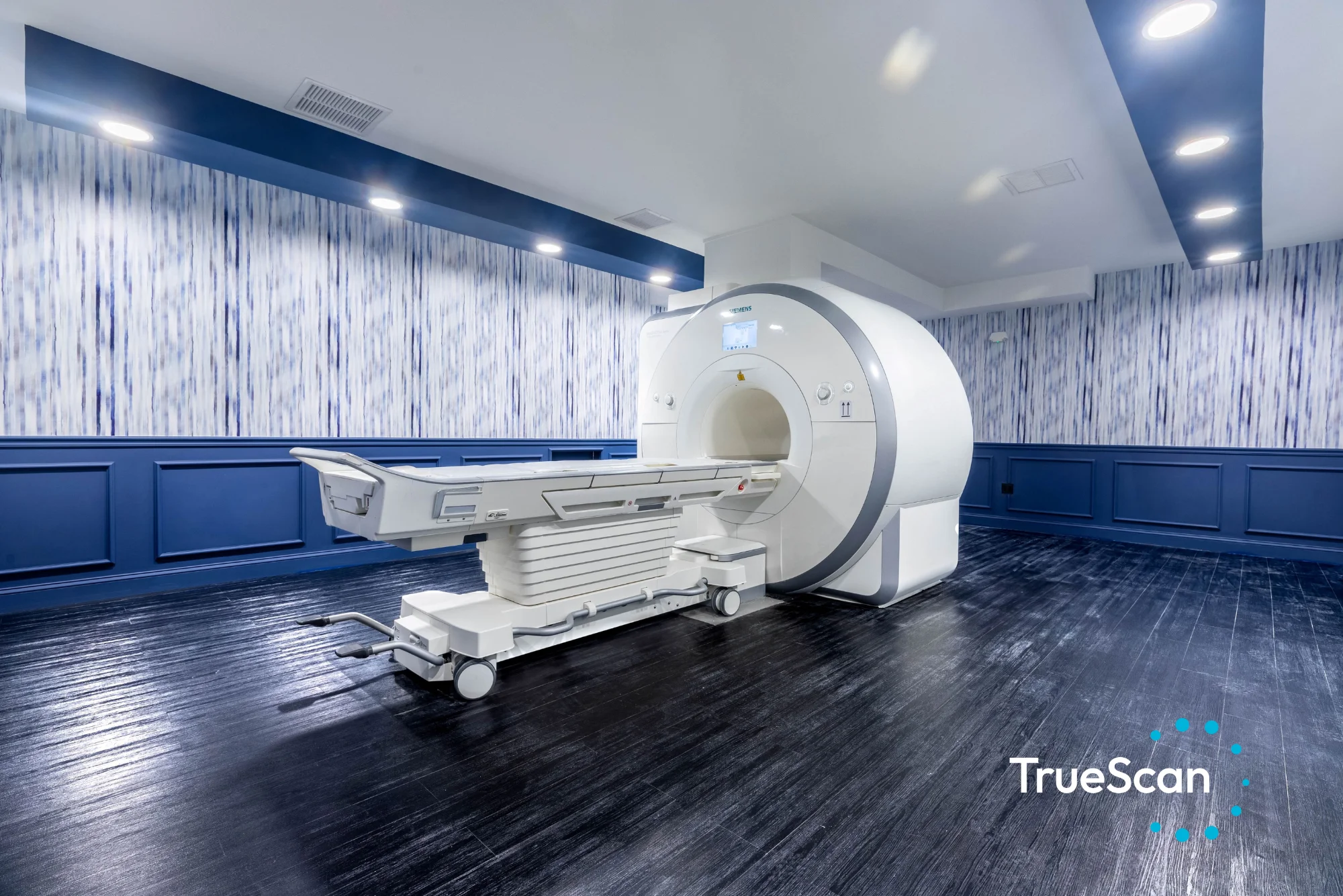
The Power of a Picture, Courtesy of New AI Software
He had a heart attack – but he didn’t have high blood pressure or cholesterol or anything!
How many times have you heard a phrase like that? How can a heart attack be the first sign of heart disease?
The Heart Facts
In the U.S., heart disease is the leading cause of death, killing roughly 700,000 people a year. To give you an idea of how big this epidemic is, there were two times more deaths from cardiovascular disease than COVID-19 in 2020.
Traditional methods for gauging the risk of cardiovascular disease aren’t enough to prevent heart attacks because they don’t actually measure heart disease. They only measure its signals.
Consider this:
- When only measuring risk factors like cholesterol and blood pressure, we miss 70% of heart attacks.
- Half of those who will suffer a heart attack don’t have any symptoms.
- Conventional stress testing misses about 75% of the lesions responsible for heart attacks.
A Better Test
Fortunately, with the advent of artificial intelligence (AI), it’s possible to interpret data at a much deeper level to generate actionable insights. Cleerly is one of the newer tests for heart disease in that category. The founder, cardiologist Dr. James Min, has been quoted as wanting a “heart attack-free world” — as do we!
Cleerly is software that pairs with a noninvasive coronary computed tomography angiography (CCTA) scan to detect the presence of disease. The scan itself will show if there’s any plaque blocking the arteries. Cleerly then uses the scan to analyze how much plaque, what kind, and where it’s located.
Cleerly’s results, based on more than 10 million images from more than 40,000 patients over a 15-year period, have superior accuracy against every current clinical gold standard. It is the only test proven to effectively guide the care that prevents cardiovascular-related deaths and heart attacks.
The CCTA scan, less expensive and far less risky than an invasive test, is one of our longstanding, routine protocols at Griffin Concierge Medical for coronary artery disease detection and heart attack prevention. We coordinate with cardiologists at local hospitals or cardiology offices to perform the scan. After the cardiologist interprets it, Griffin doctors can upload the images to Cleerly for analysis, if needed. We can also send older scans to Cleerly – it doesn’t have to happen the same week or day, or even year.
What Makes the Data Different
The data that we doctors get back – and can act on – is an amazingly detailed, 3D, animated view of the arteries from multiple angles. It shows the specifics of the ‘build-up,’ including how much there is, where it’s located, and what type: calcium, which is healed plaque; partially calcified plaque; and soft plaque, which is the most dangerous. (That shows up on the scan in red, highlighting the danger — as many as 75% of heart attacks come from this kind of plaque rupturing.)
The visuals, which are in addition to multiple data points, provide an almost travel-like view of moving through the arteries. Those images help us determine what level of intervention we need to implement before a heart attack happens. We don’t want to wait until after a heart attack to prescribe medication, for example, or insert a stent. We want to know what’s going on that could lead to a heart attack and then intervene early and appropriately.
The Future of Diagnostic Tools
You might be saying that sounds great! One test and I’m done. Not quite.
Cleerly isn’t the only diagnostic tool you need for heart disease. Think of it like a filter for a photo. It works with what’s there and interprets it. Other companies have developed software to measure blood flow, others to look at inflammation in the wall of the arteries, and more new tools are on the way.
All these tools use AI and machine learning to gain much more insight into not just what disease or negative conditions may be in your body but also what your body is doing to fight disease. Each of us responds differently at different times in our life.
That’s why AI, with its ability to absorb and analyze millions of data points, is moving us forward not in steps but in leaps and bounds. Who knows? At some point in the future, we may be able to get a scan that flags us for cancer or heart disease when we go shopping or walk through security at the airport.
But for now, we’re investing in knocking the #1 killer out of that spot.
Who Needs Cleerly
Cleerly helps identify ‘vulnerable plaque.’ While that sounds alarming — who wouldn’t want to know if they had plaque that could rupture like a volcano? — not everyone needs it.
Who do we recommend it for? We use an age-based approach, similar to colonoscopies or mammograms. Even if you’re in great shape and feel perfectly fine, it doesn’t matter – levels of fitness have nothing to do with whether you have plaque in your arteries. It can happen to any of us.
Think of colon cancer. No one is immune to it, but no one thinks they are, either. Somehow with heart disease we think we can exercise our way, or eat our way, out of it. Sadly, that’s not always the case.
We recommend to all our patients that we perform a CCTA scan at about age 40 for men, and about age 50 for women (unless you have a health condition or family history that would indicate we should perform it sooner). It’s part of what we view as a standard prevention tool.
The scan functions as the baseline. If nothing shows up, then there’s nothing for Cleerly to analyze. But if we do see blockage, then we know we need Cleerly to identify how much, exactly where, and what kind.
Knowledge (Should) Lead to Action
There’s power in pictures. Think of ‘before’ and ‘after’ images — they make a compelling case for change, whether it’s remodeling your kitchen or losing weight. One of the reasons Cleerly is so powerful is that it leads to discussion about actions.
Cleerly provides the patient with a personalized report that’s written in layman’s terms, so patients and their families can easily understand the images, numbers, and what stage they’re at in the process of their cardiovascular disease.
All this allows for a customized treatment plan based on the amount and type of plaque present, individual risk factors, and the progression of the disease. And then we can test again, after the patient has been working through the treatment plan, to see if we’re making enough of the right kind of progress. That’s the beauty of non-invasive tests — they’re safe enough to perform more than once.
And the beauty of being a member of Griffin Concierge Medical is that you can have a conversation with your doctor about the results, in detail, and at every step along your journey to optimal health.
If you’re curious or concerned, talk to your doctor at Griffin Concierge Medical.




